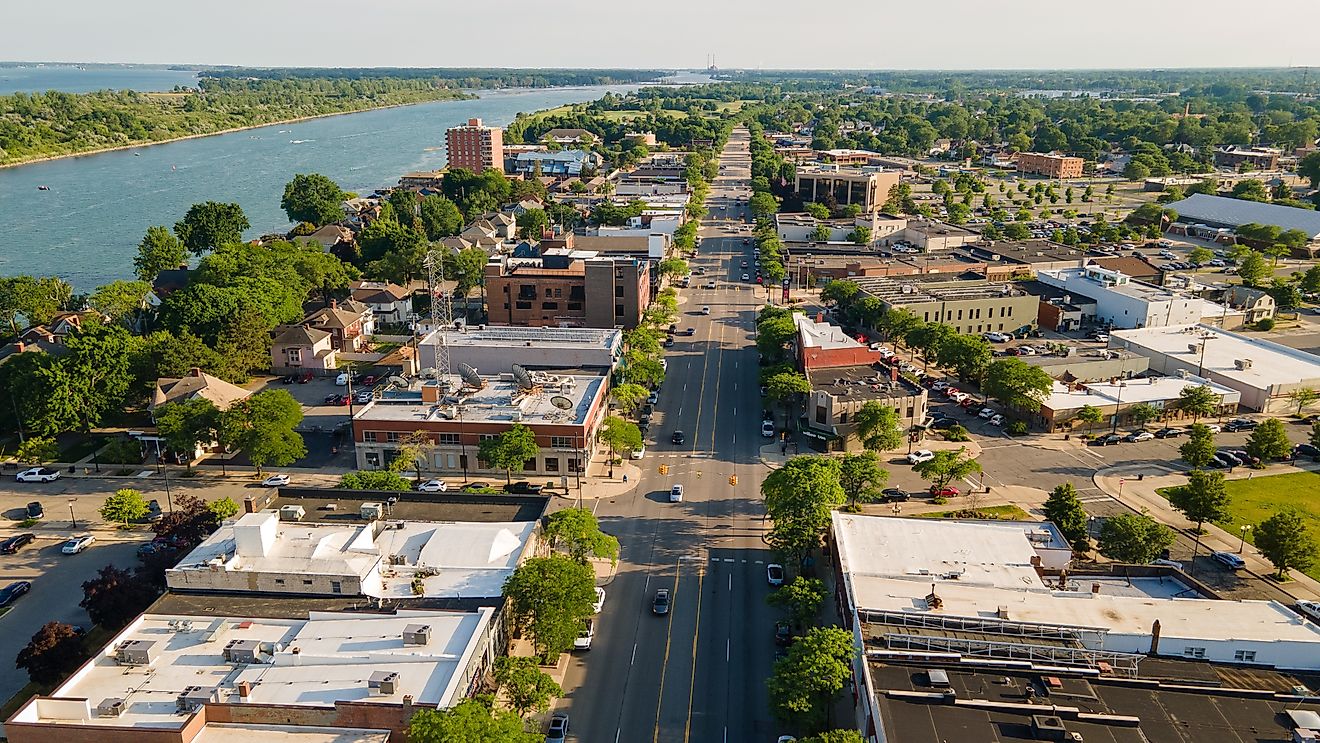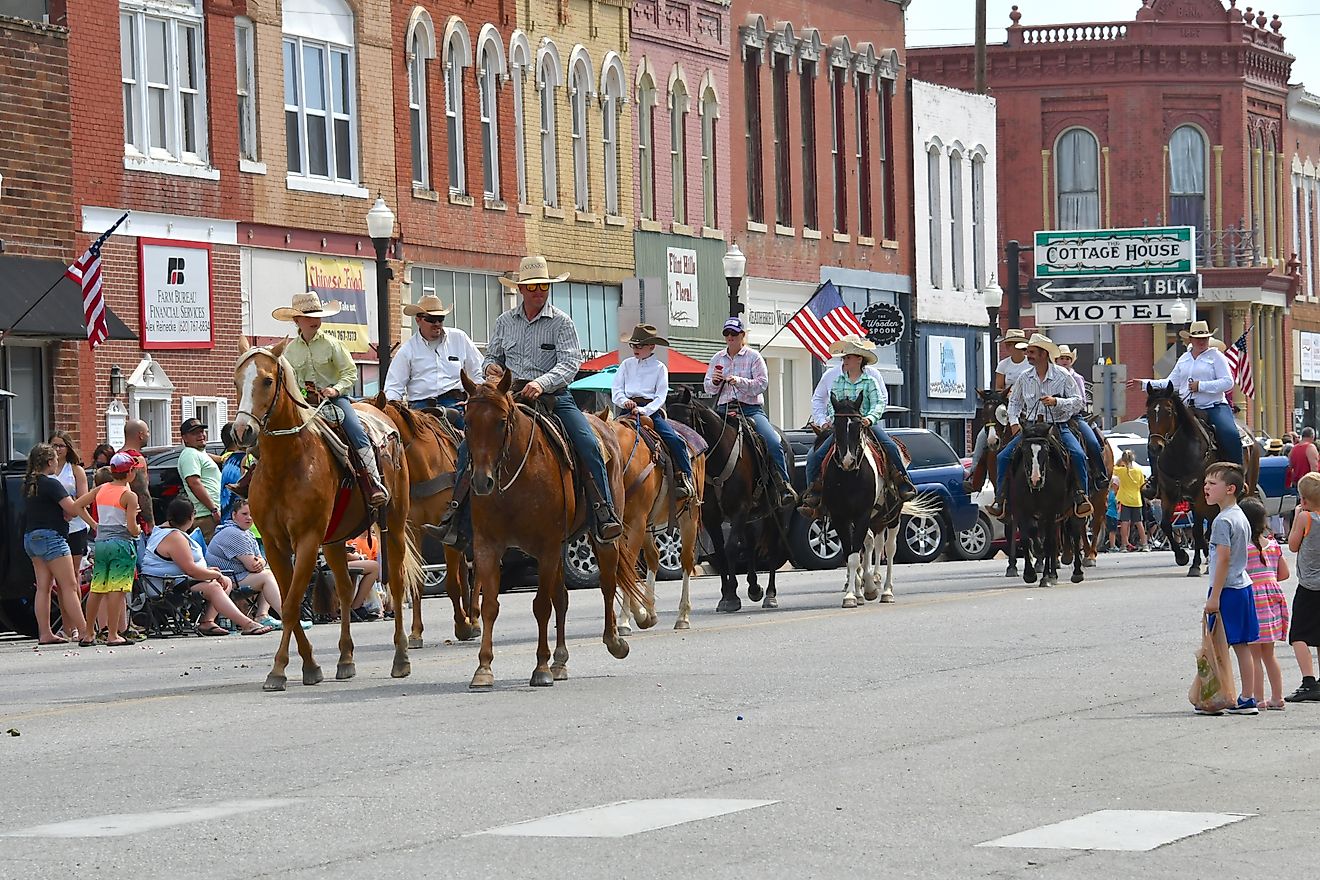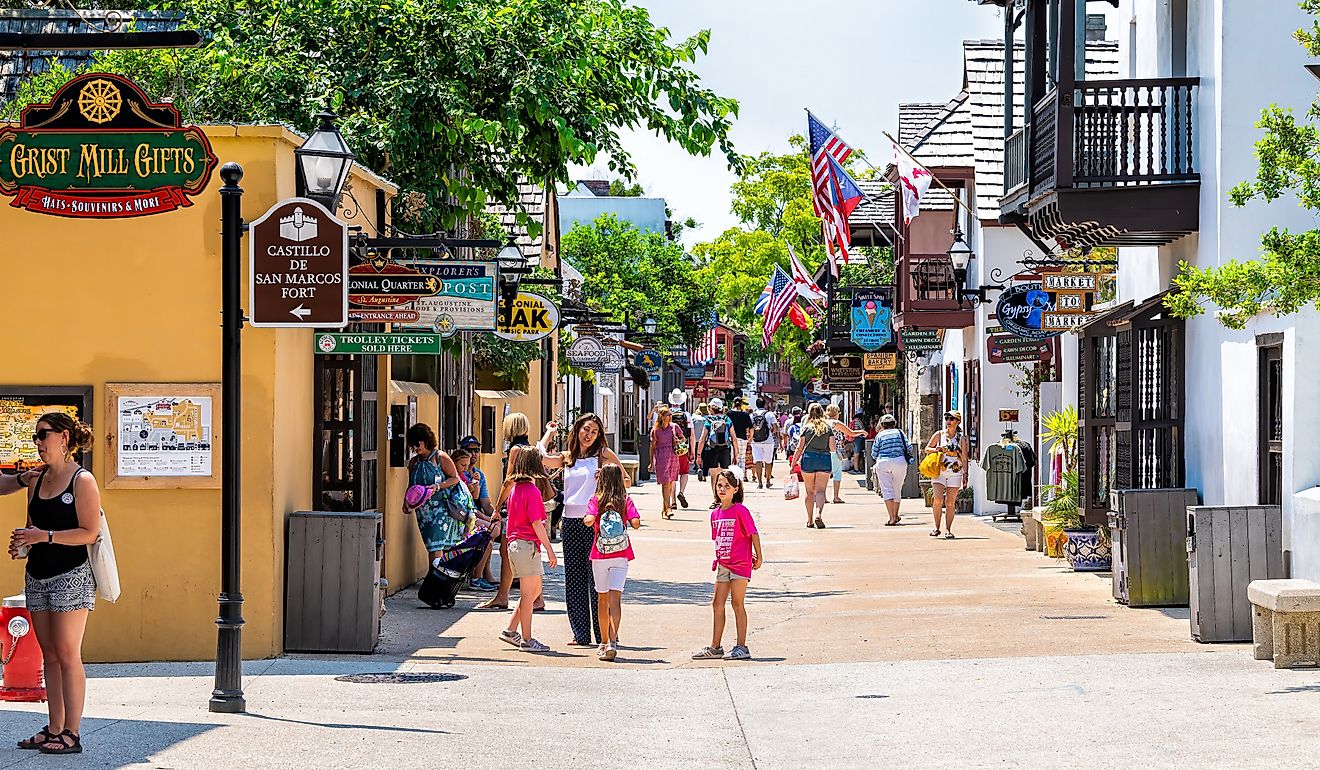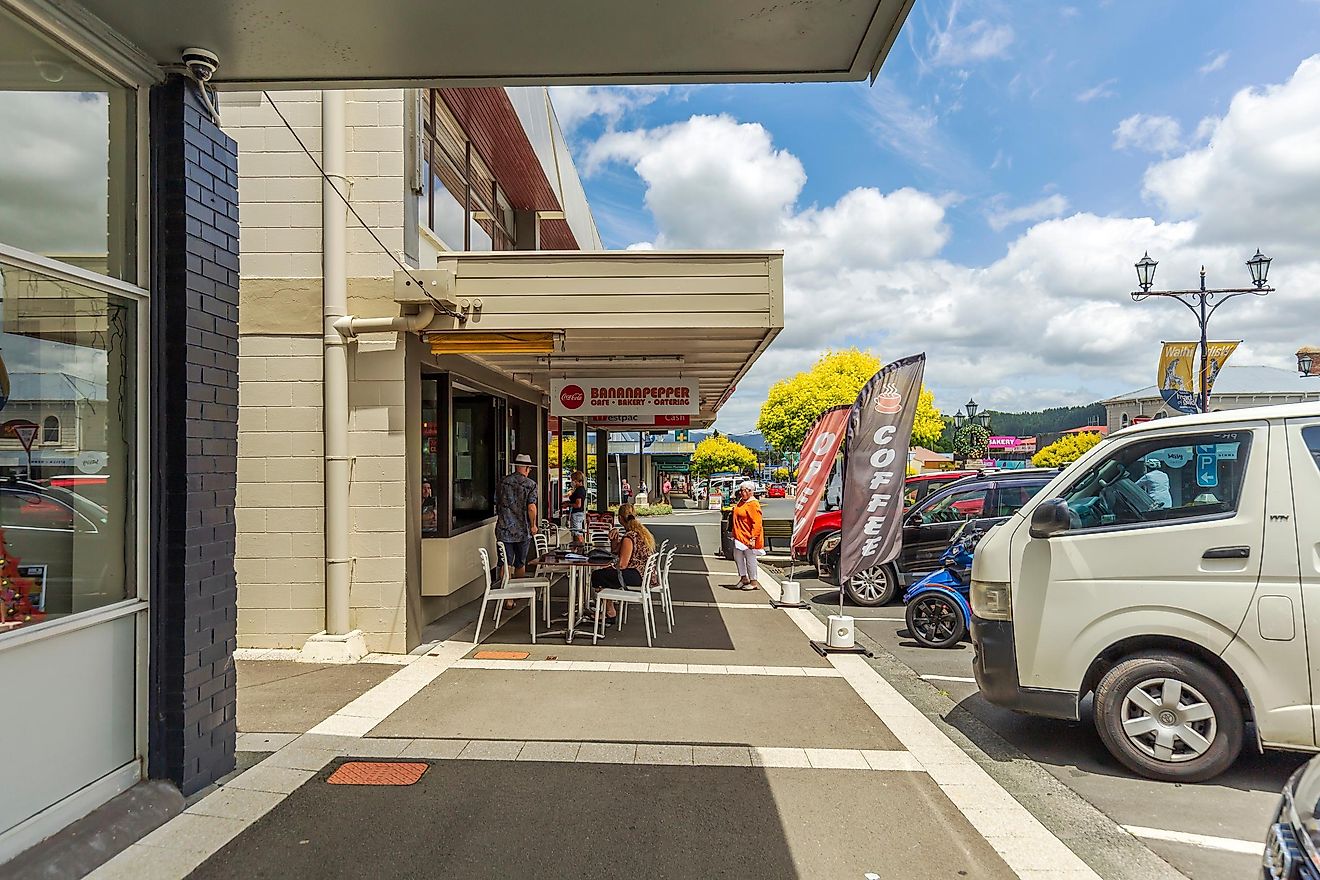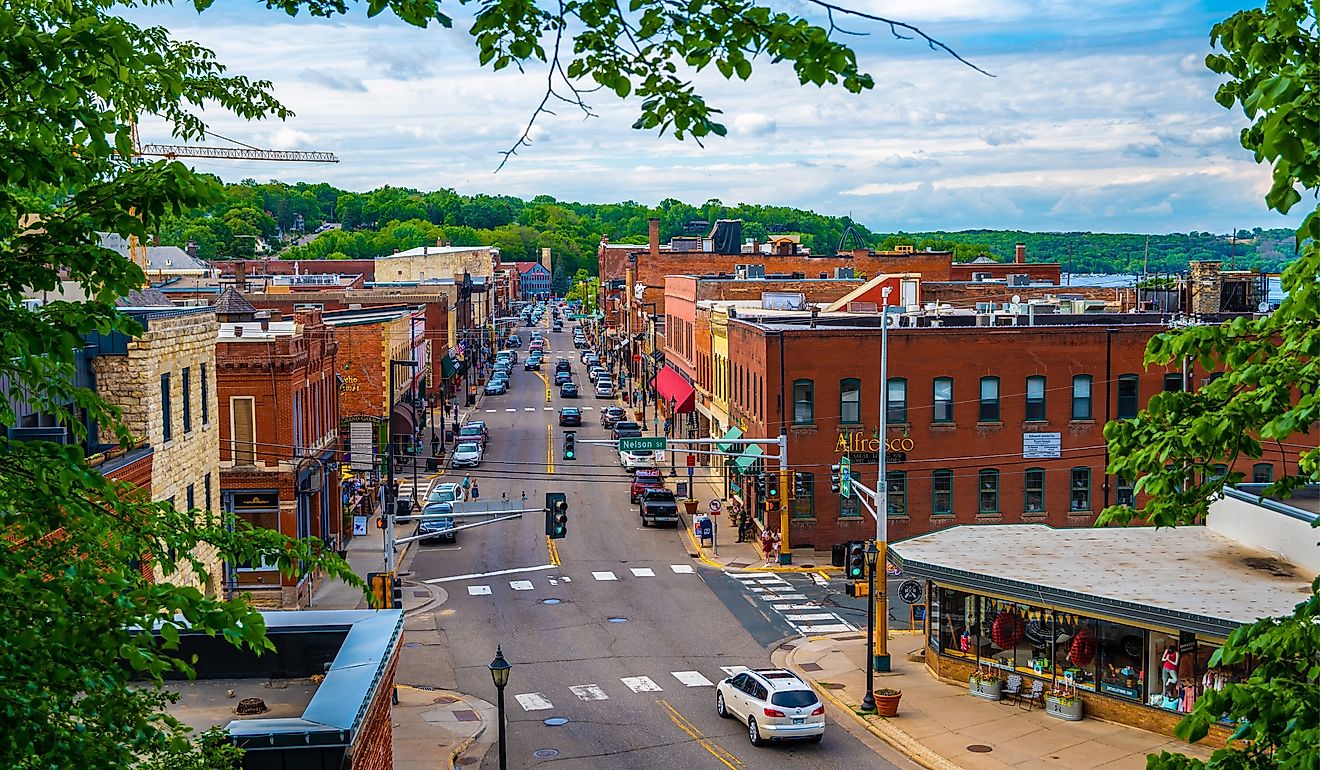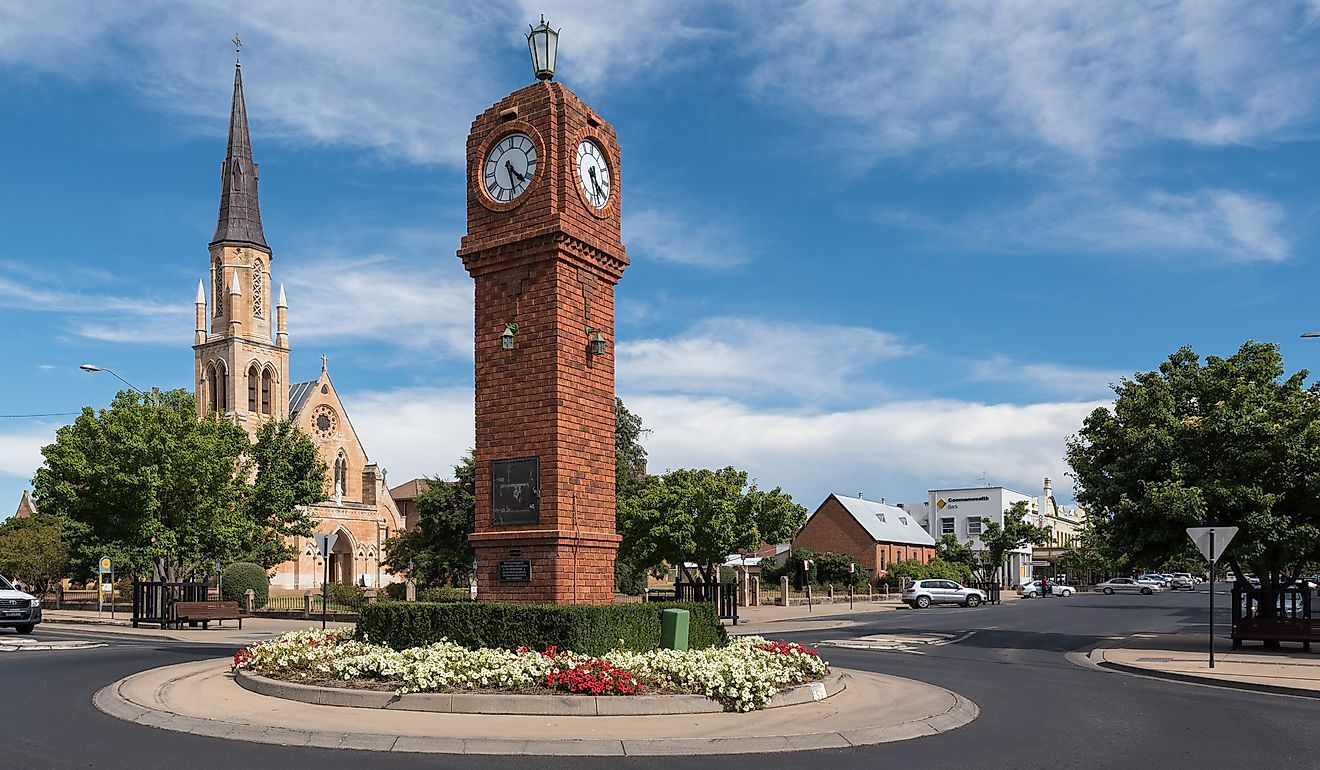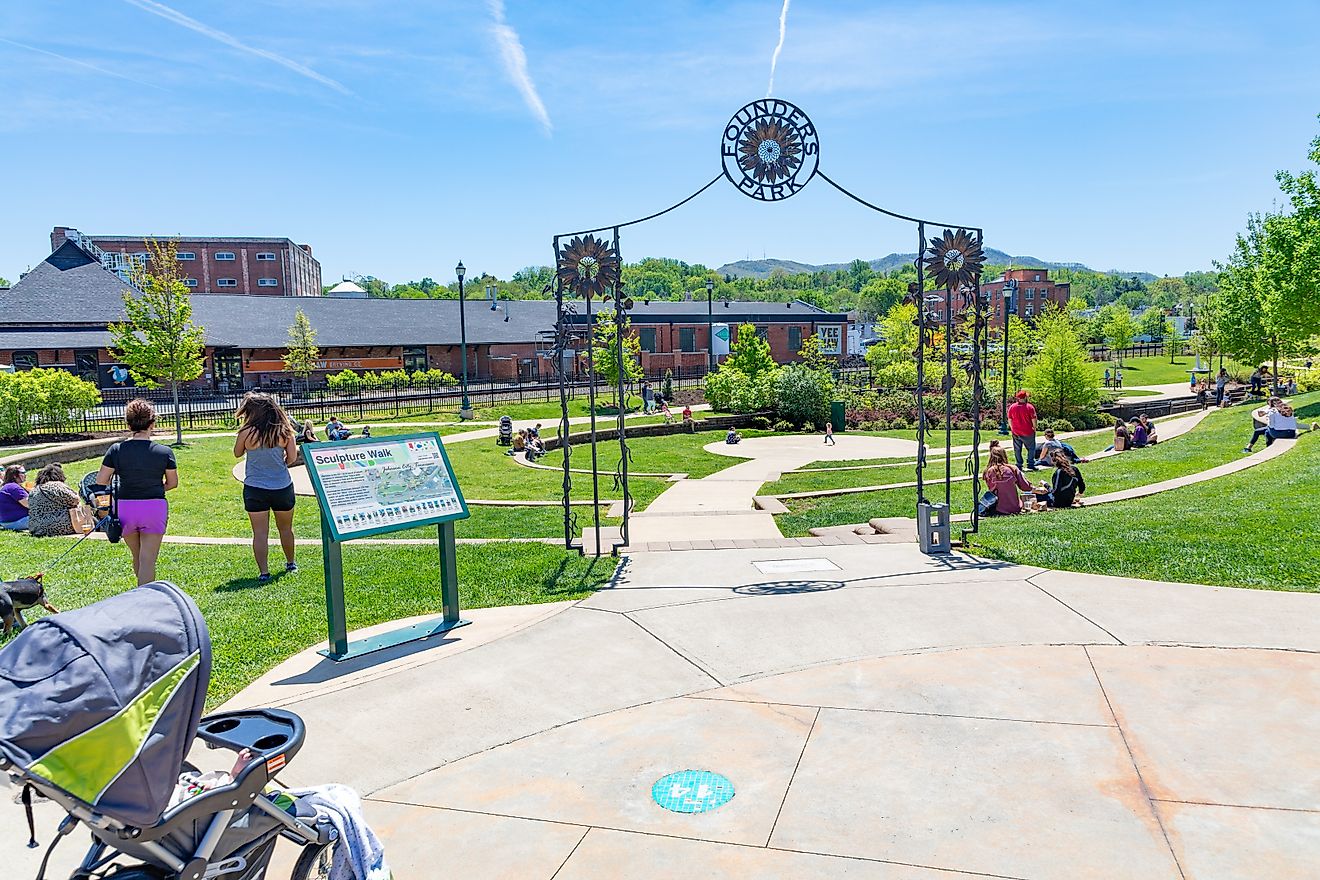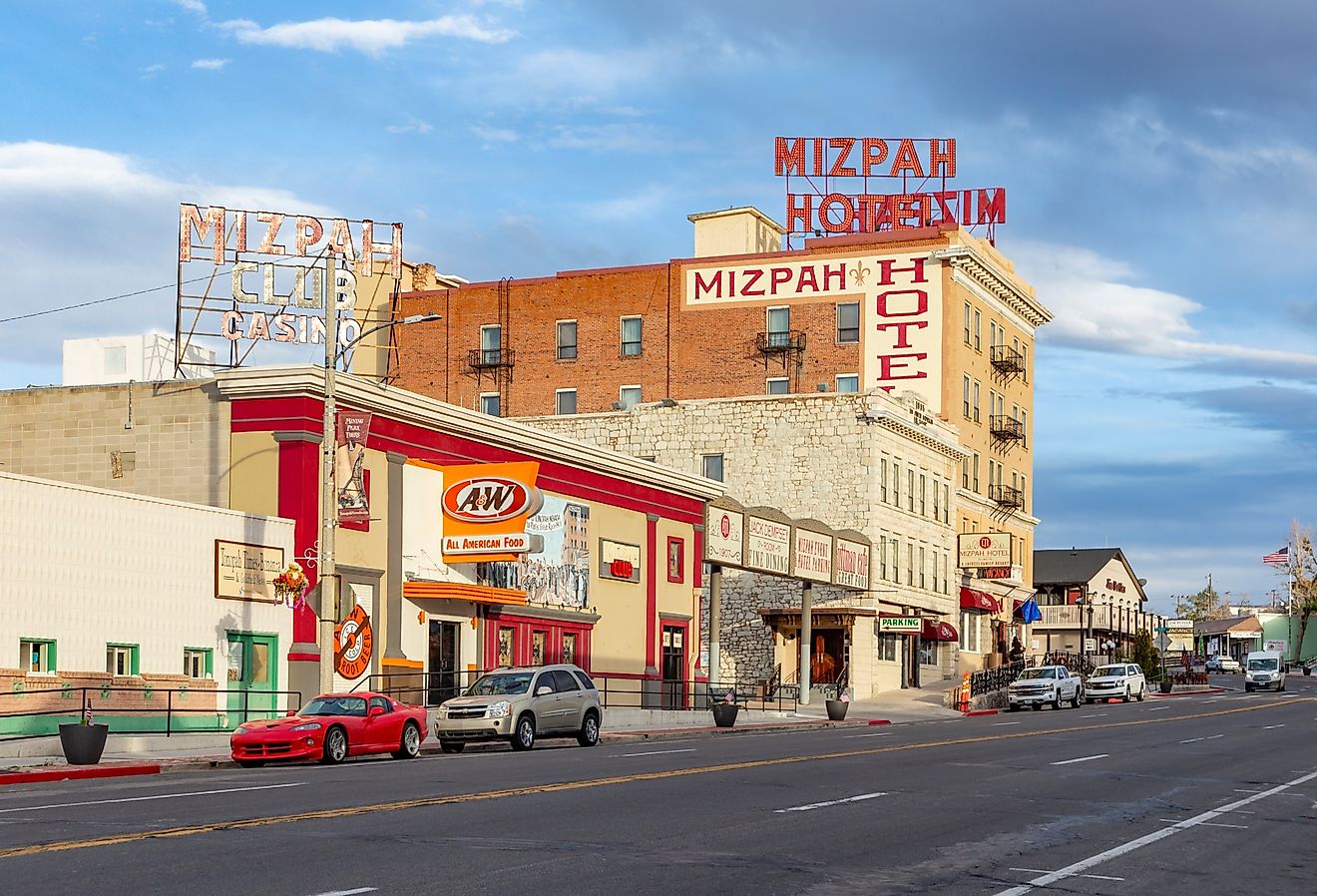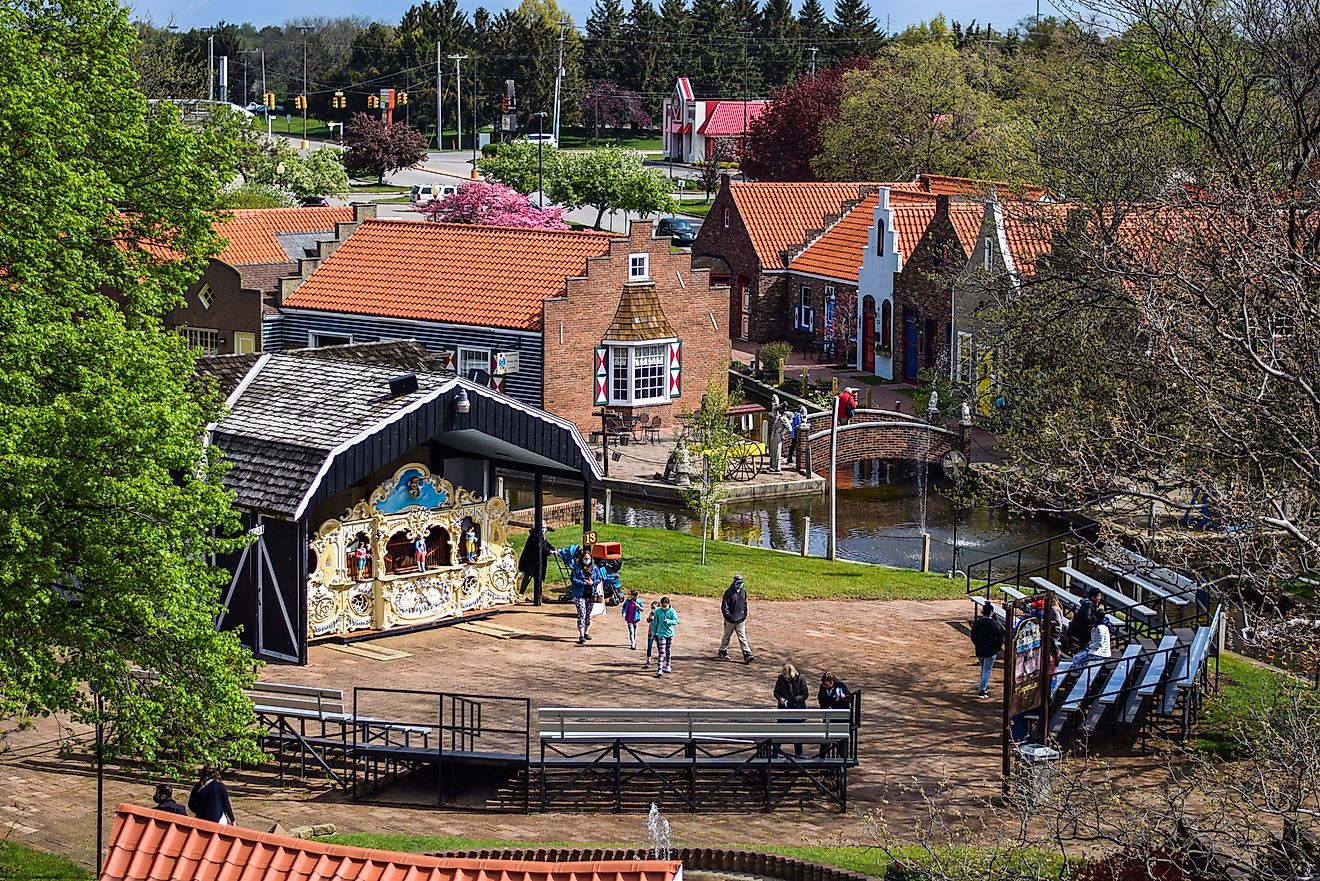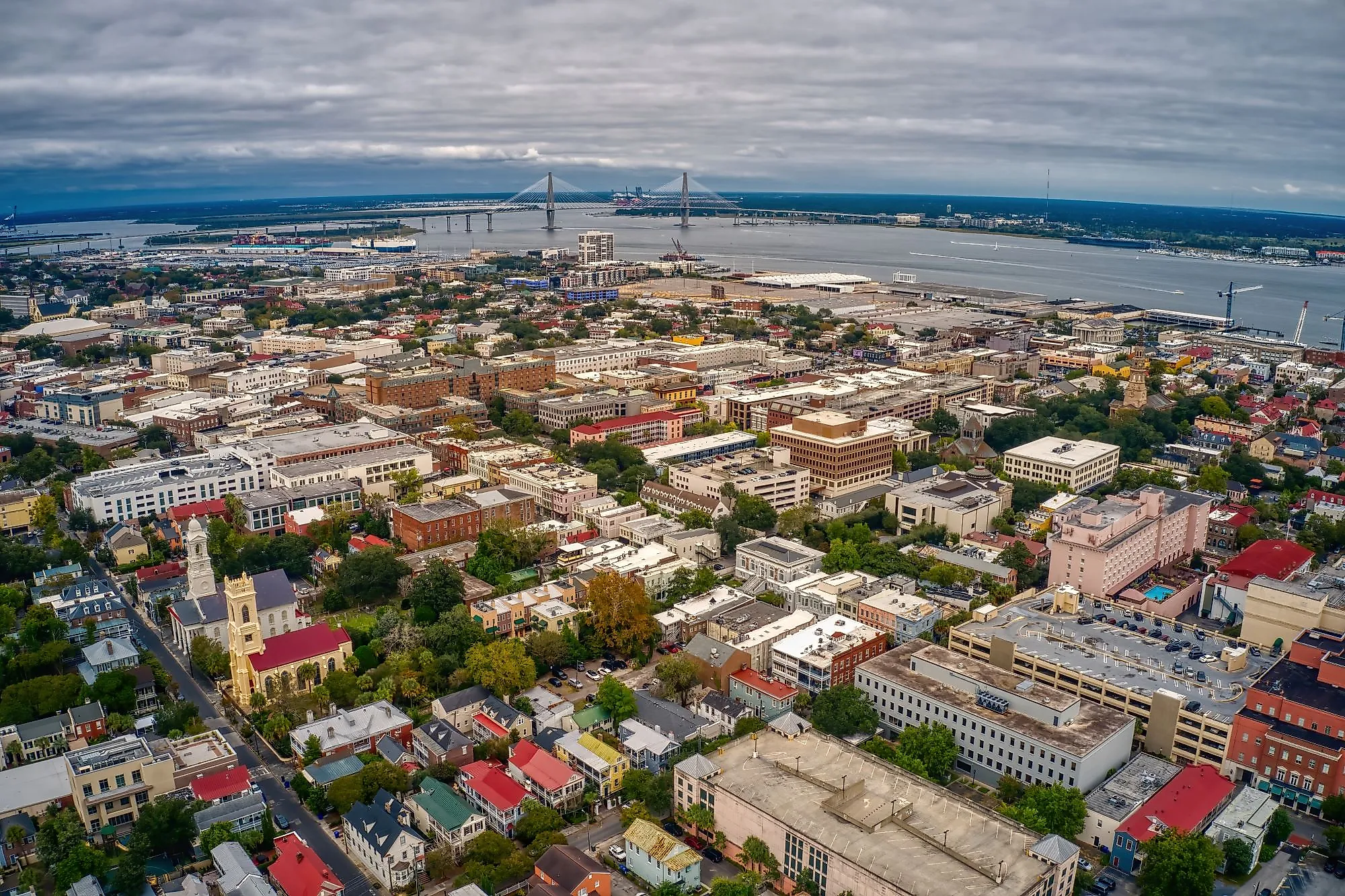
This South Carolina Town Is Older Than the State Itself
People around the United States are familiar with the South Carolinian city of Charleston, but many may not realize how far back its history extends. Settled by English colonists in 1670, this town predates both the state of South Carolina and the United States. Although it has experienced periods of great prosperity over the centuries, it has also endured tremendous hardships, making its historic preservation, architectural legacy, and present-day economy all the more remarkable.
Original Settlement & Early Conflicts
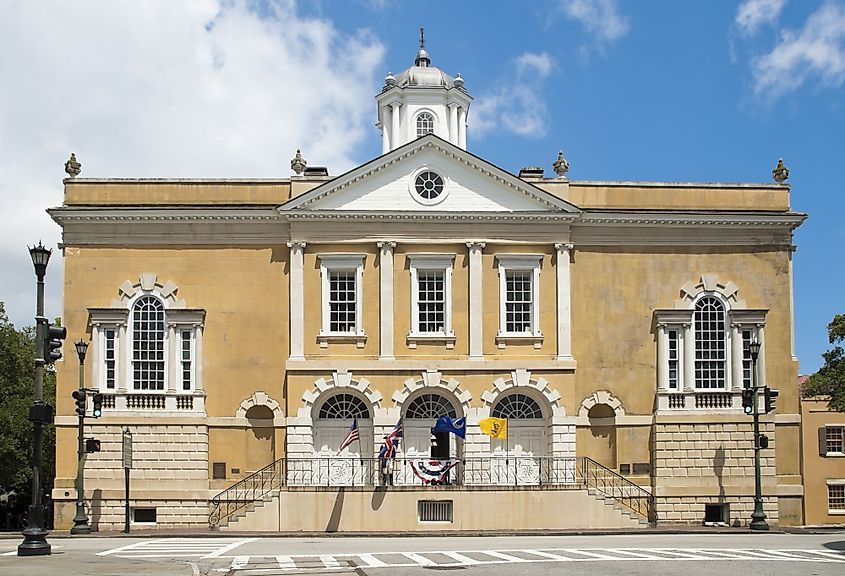
Charleston’s origins begin in 1663, when King Charles II granted the Carolina charter to eight of his friends, the Lord Proprietors. Seven years later, in 1670, a group of English colonists established a settlement at a site a few miles northwest of today's city center. In honor of the king, the proprietors called the settlement Charles Town. In the following decade, Charles Town grew substantially, attracting additional colonists from England, Virginia, and Barbados, eventually relocating to its present-day peninsular location. By the late 1670s, the proprietors introduced a grid street plan, laying out broad, straight roads to prevent the winding, narrow streets familiar in many European towns. These efforts made Charles Town one of the earliest American cities to adopt such a design, demonstrating the town’s impressive early development.
Like many early settlements in the New World, colonists quickly discovered the challenges of their new environment. A smallpox epidemic, cattle plagues, and outbreaks of yellow fever struck the town. Fires were another major threat. One blaze destroyed a third of the young settlement, burning 300 homes and numerous stores in a mere four hours. Major fires also devastated the city in 1740, 1796, 1838, and 1861. In addition to epidemics, plagues, and natural disasters, the town faced repeated attacks from outside forces. Spain and France periodically attacked, challenging English control, while Native American resistance and pirate raids were frequent threats as well.
The Revolutionary and Civil Wars
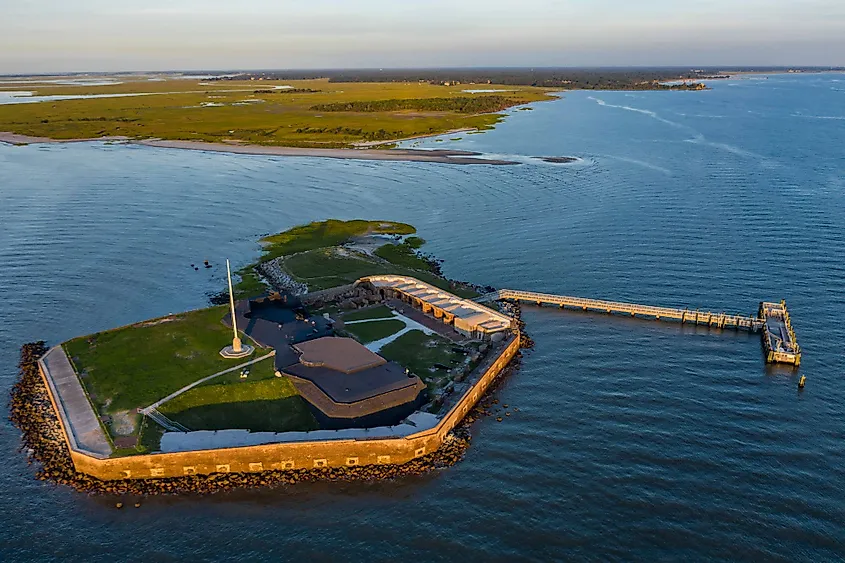
Despite Charles Town’s early struggles, it became one of the most prosperous towns by the mid-18th century. Its reputation for religious tolerance drew waves of immigrants. At the same time, the cultivation of rice and indigo, along with its role as a trading hub, helped it grow into the wealthiest and largest city south of Philadelphia. However, as the Revolutionary War began and tensions between Britain and the colonists escalated, Charles Town became a key target for British forces. Although the city successfully repelled a siege in 1776, it fell in 1780, when the British took complete control. When the British finally retreated in 1782, the city changed its name from Charles Town to Charleston.
After the Revolutionary War, the town regained a steady level of prosperity. Its agricultural success and growing interest in cultural pursuits like theater and education helped sustain a thriving economy. However, similar to the Revolutionary War, this prosperity was once again jeopardized with the start of the Civil War. On April 12, 1861, Confederate troops fired the first shots of the Civil War at Fort Sumter in Charleston, forcing Federal forces to withdraw. In the years that followed, a series of bloody battles ensued, leading to hundreds of Charlestonian casualties and injuries. By 1865, Union Military General William Sherman spared Charleston from further attacks, instead focusing his efforts on Columbia, reporting the town to be “a mere desolated wreck.”
Post-Civil War
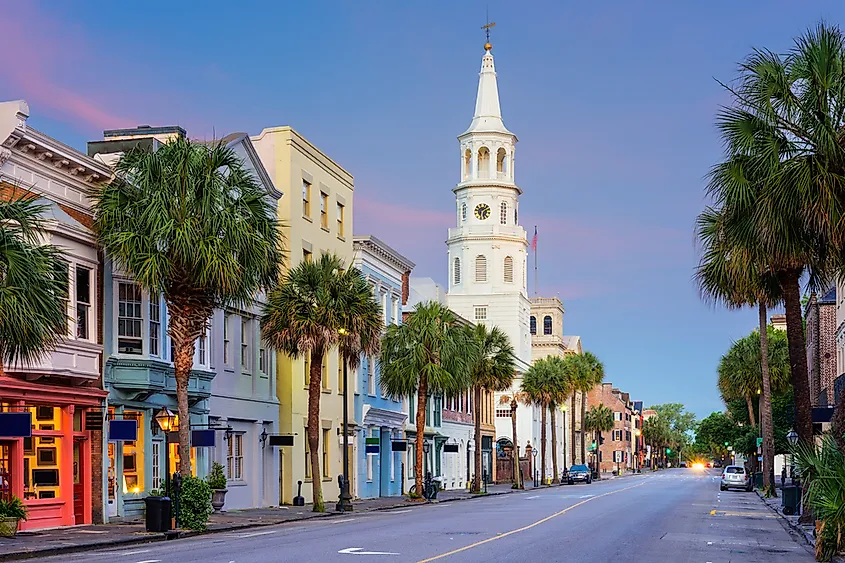
After the Civil War, the city lacked the funds to reconstruct its buildings, so it chose to adapt the existing ones. In 1886, however, more than 2,000 buildings were damaged in an earthquake, with about 100 having to be demolished. Despite this disaster, the city was quick to rebuild, and by the early 20th century, Charleston became a cultural hub once again. The South Carolina Interstate and West Indian Exposition was held in Charleston from 1901 to 1902. By the 1920s, the Charleston Renaissance had begun, with writers like John Bennett, Josephine Pinckney, and DuBose Heyward expressing deep admiration for the city. Preservation efforts in the 1940s were pivotal in maintaining the area’s historic buildings, with many still standing today. Although Hurricane Hugo devastated Charleston in 1989, only 25 of the city’s 3,500 historic structures suffered severe damage. Today, Charleston remains one of the most historic towns in the country, with over three centuries of history preserved in its architecture and numerous museums.
Modern-Day Charleston
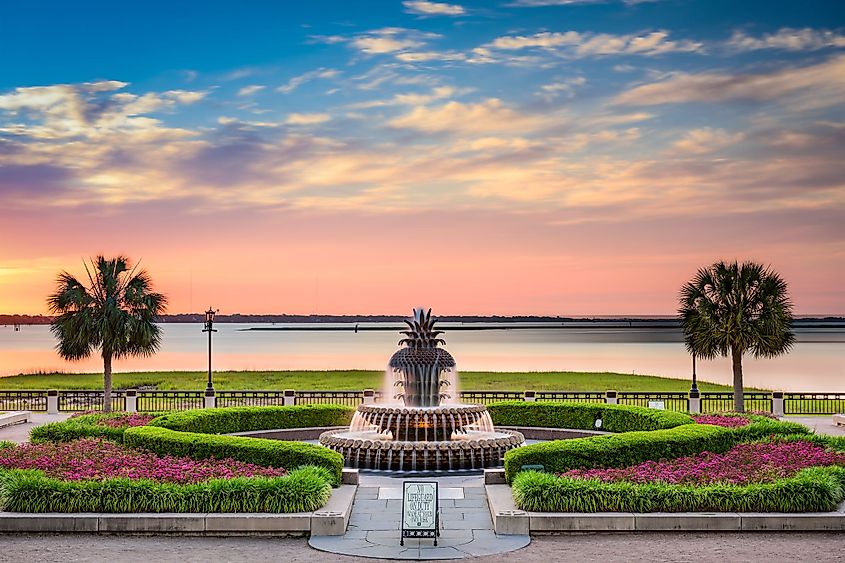
Now home to over 150,000 residents, Charleston thrives with a reasonably diverse economy. Today's most prominent industries include aerospace, automotive, defense, technology, life sciences, and logistics. Its rich history and heritage have helped build a strong tourism sector, welcoming nearly eight million visitors in 2024 and generating a record-breaking $14 billion economic impact. Those planning a visit to Charleston will find no shortage of historical landmarks and parks. Fort Sumter is one of the most prominent sites, standing at the entrance of Charleston Harbor and accessible via a short ferry ride. The Charleston Museum, meanwhile, has a tremendous amount of historical significance, preserving the area's history since 1773. Travelers can also stroll through Charleston Waterfront Park, which overlooks the Cooper River and Charleston Harbor, covering over 10 acres. Scattered throughout town, beautifully preserved antebellum architecture adds even more character to the city’s streets.
Thanks to Charleston’s dedication to historical and cultural preservation, generations will likely continue to appreciate the city’s story and architecture. Landmarks such as Fort Sumter allow visitors to step into the lives of former residents and soldiers, while sites like the Charleston Museum have been preserving the city's history for centuries. Because of these efforts, historians, residents, and visitors alike can take comfort in knowing the town’s history remains very much alive.
